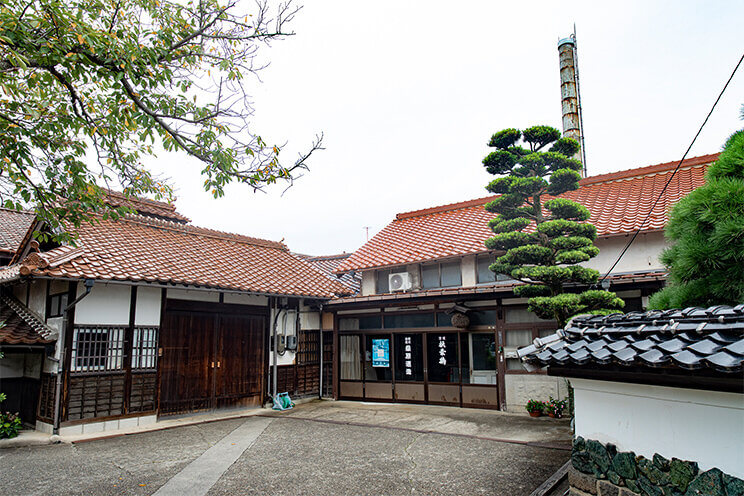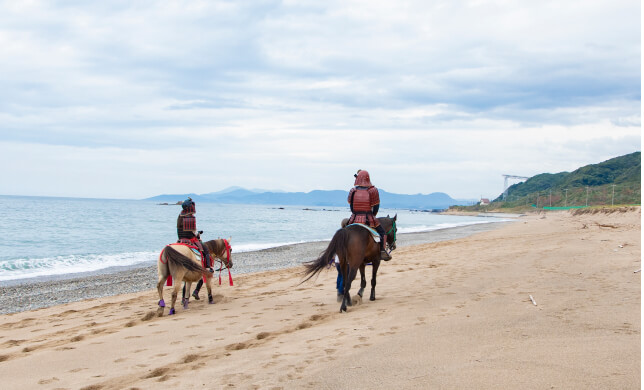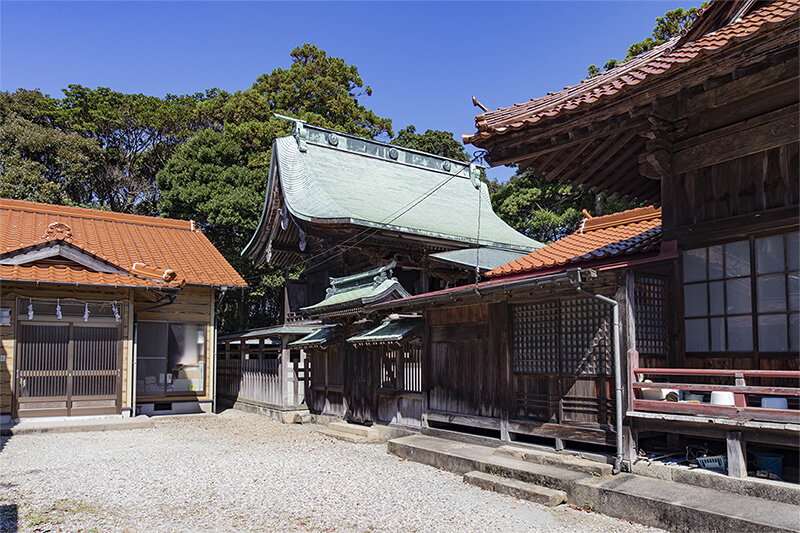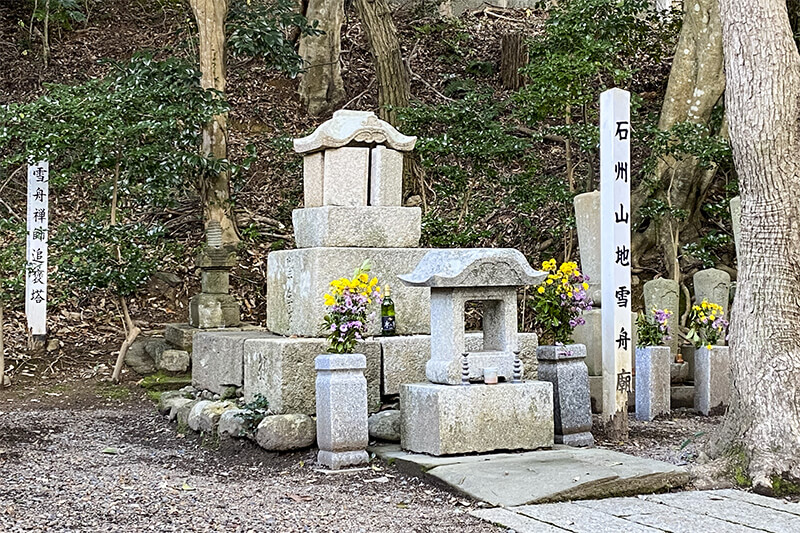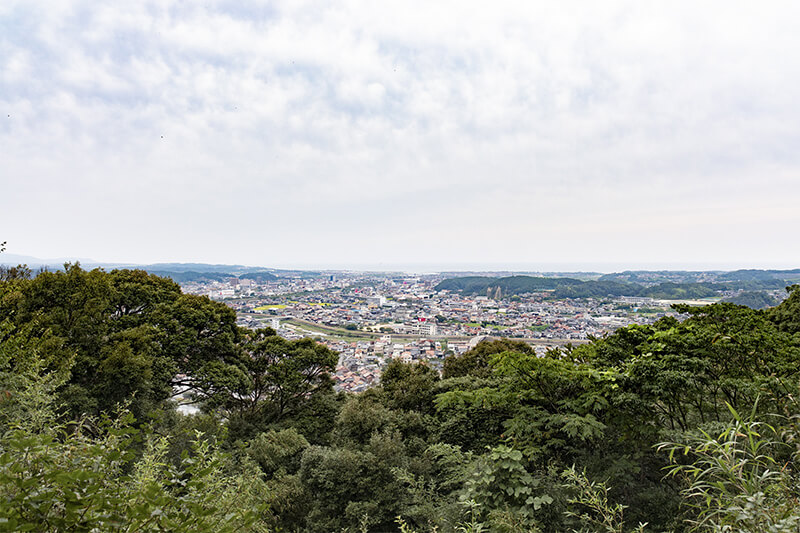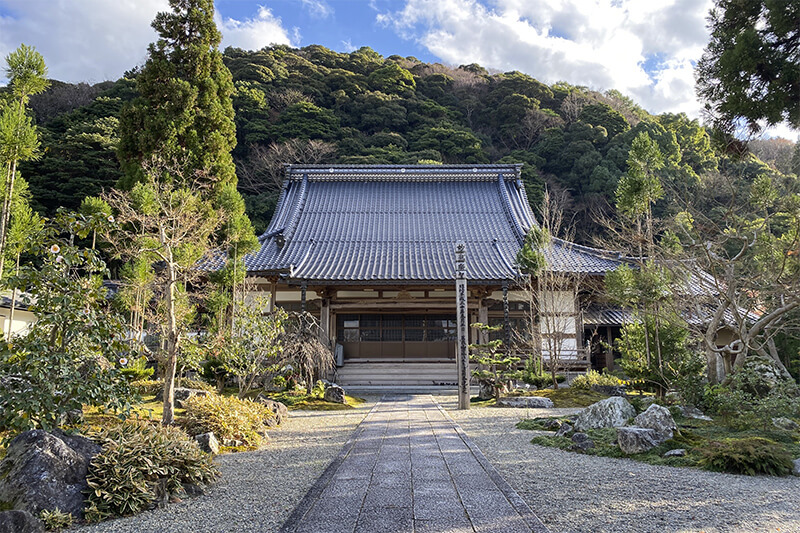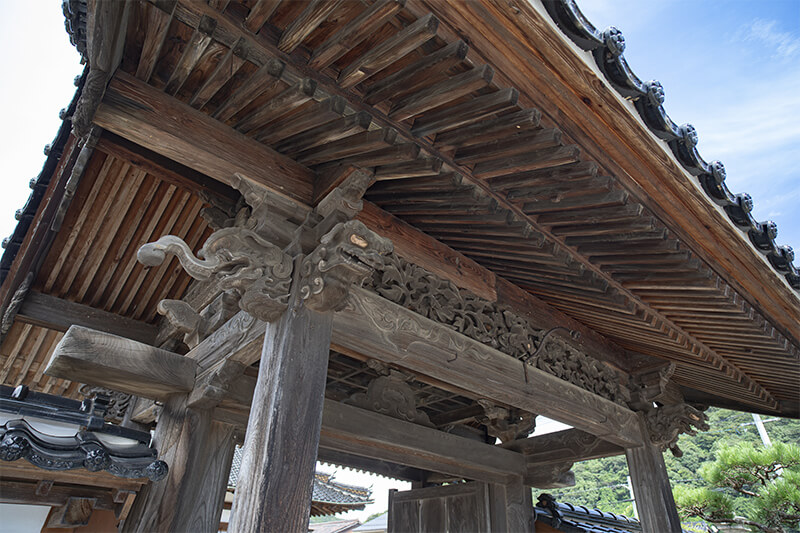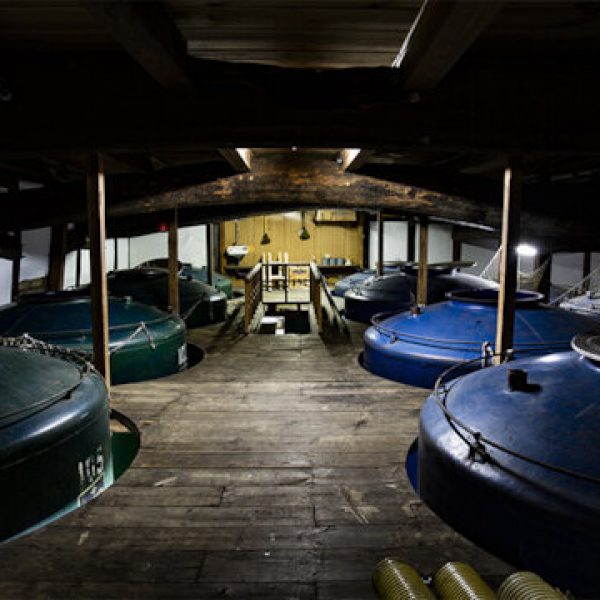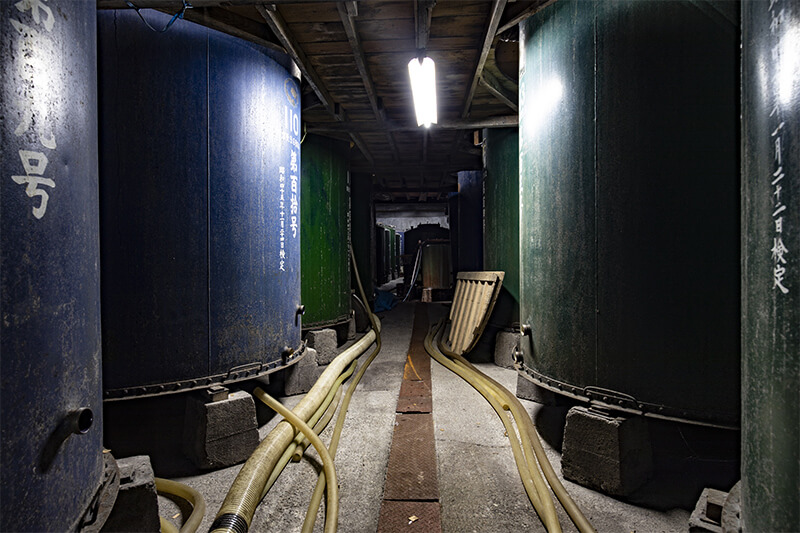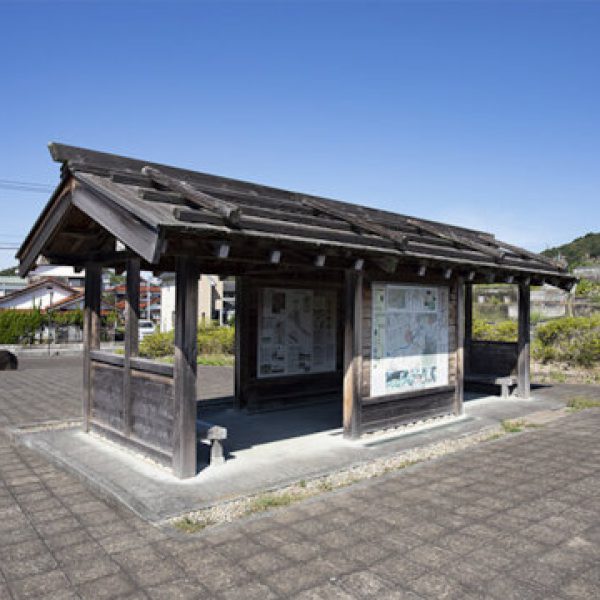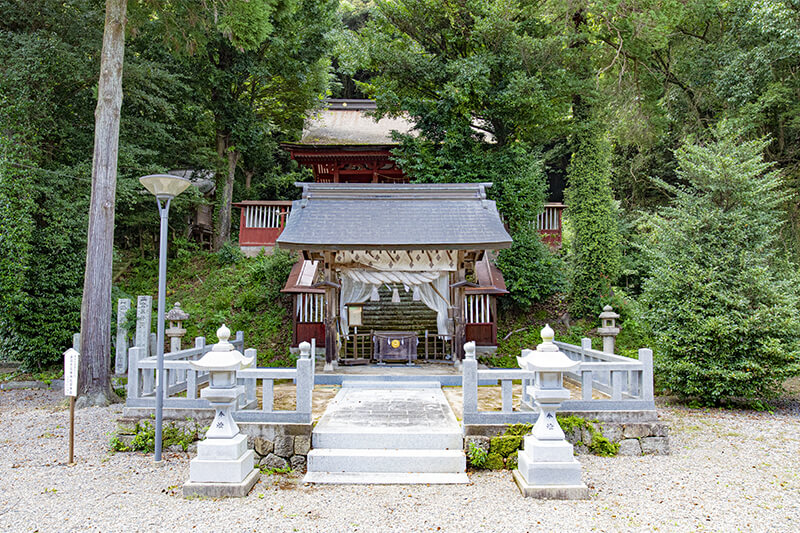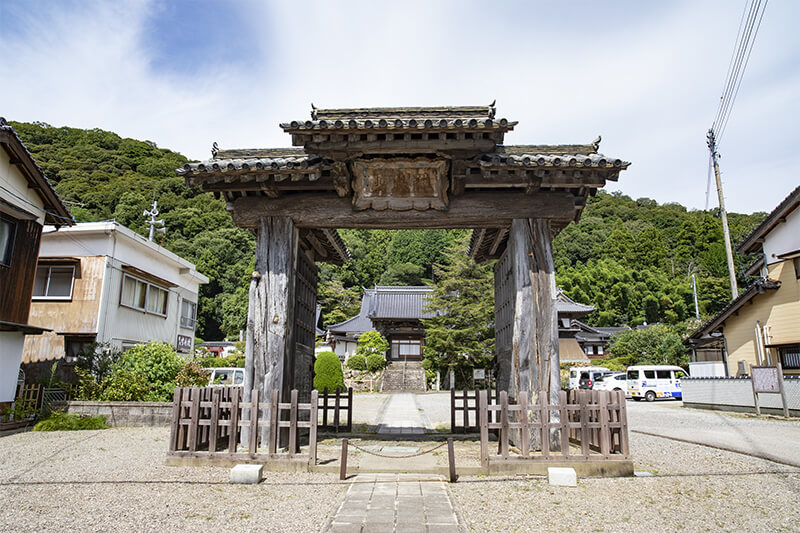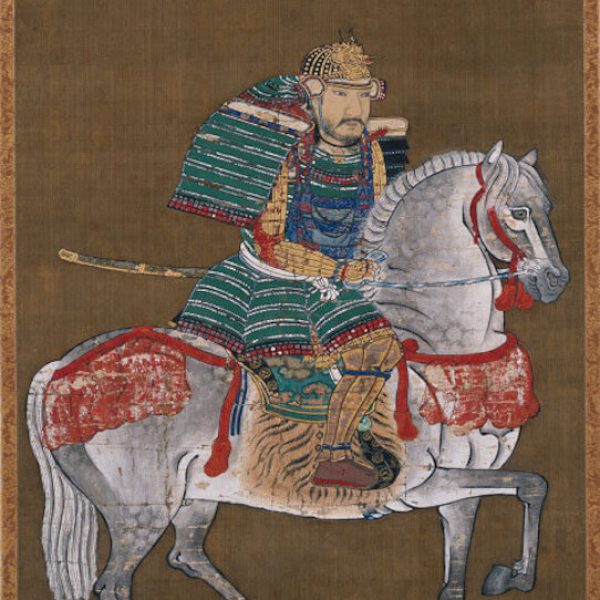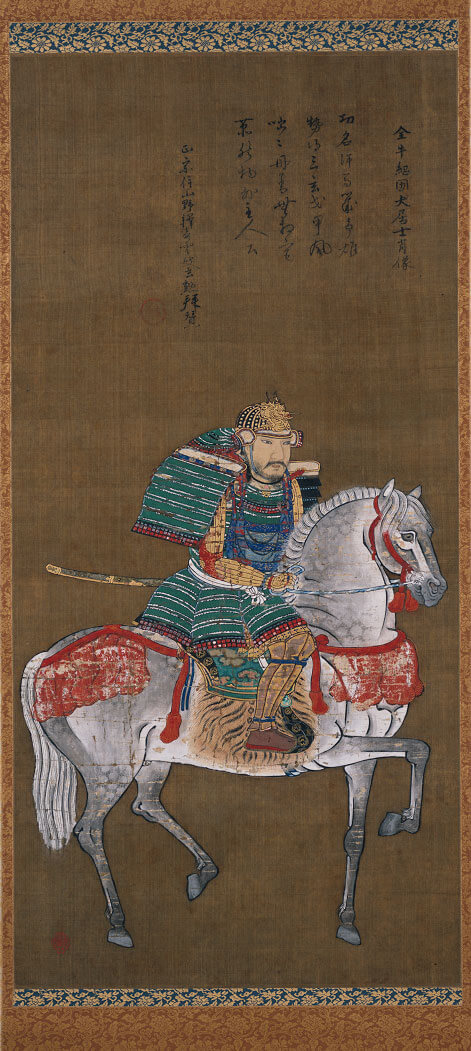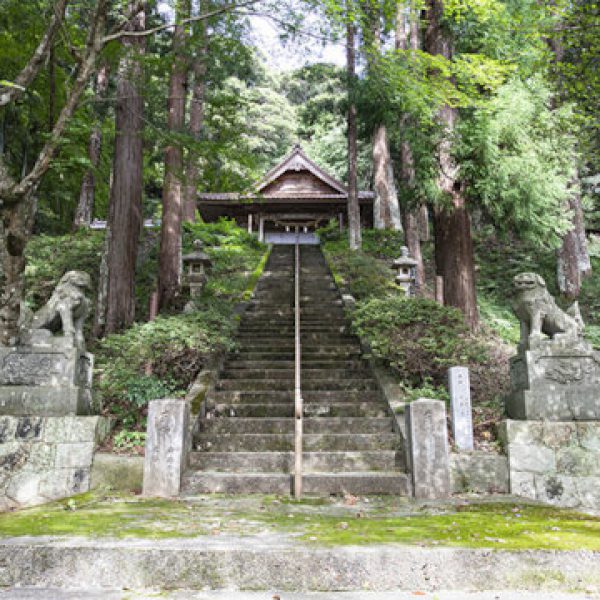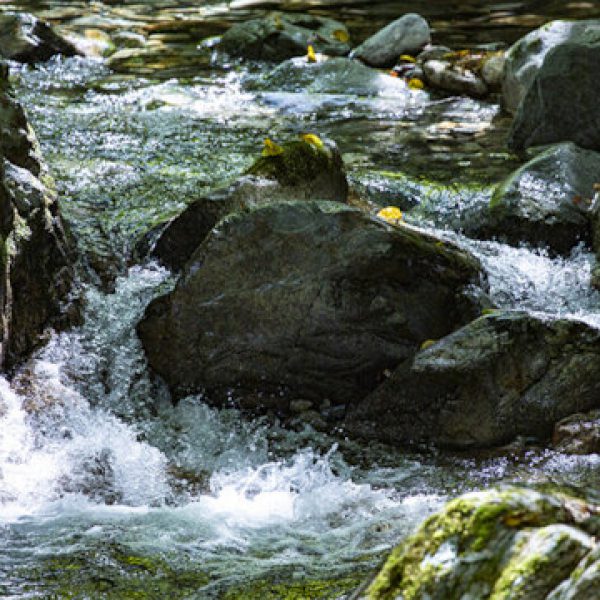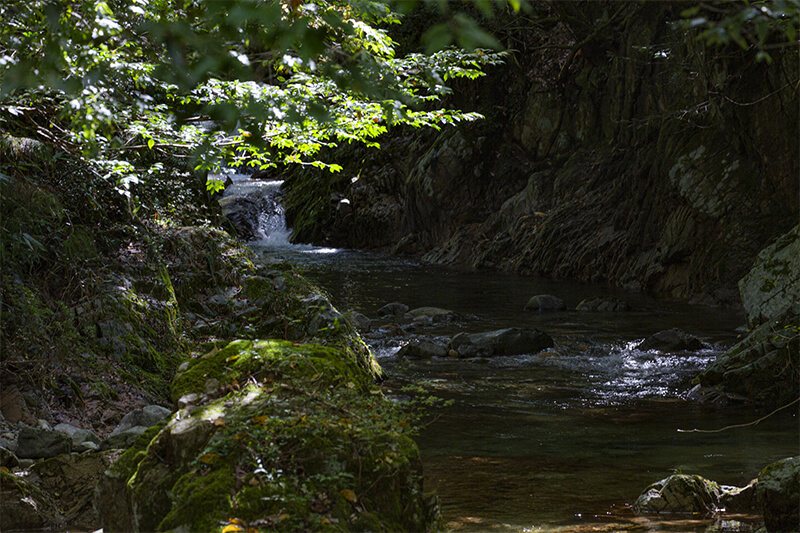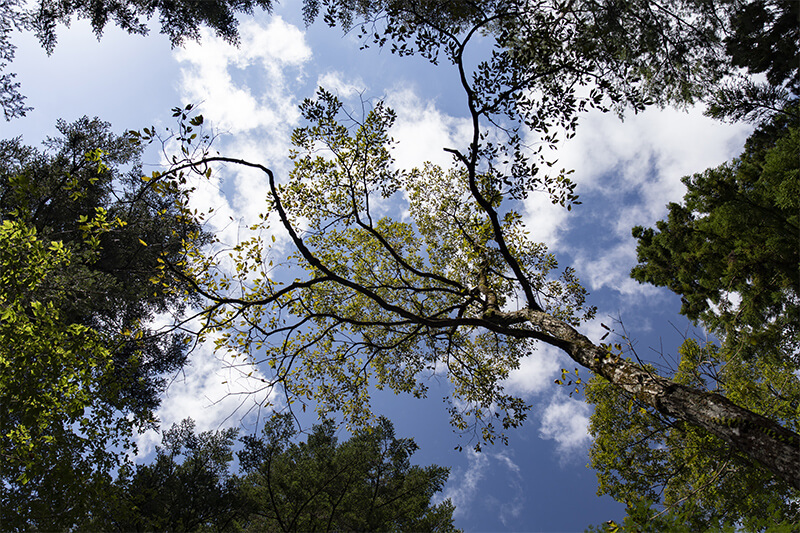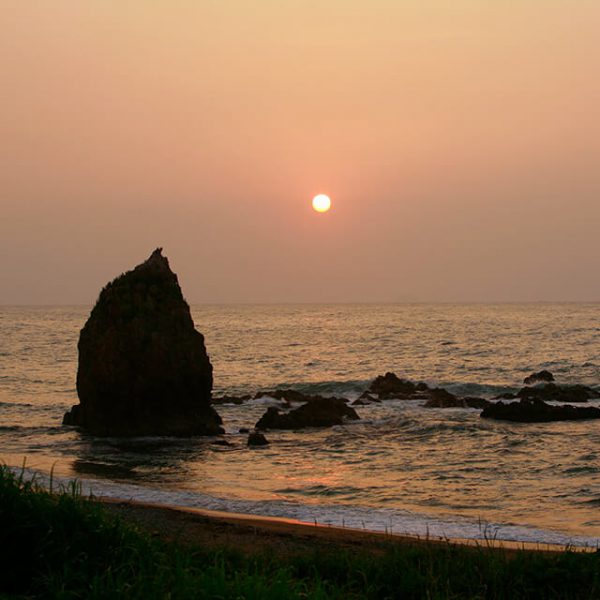
story
Enjoy Masuda,a city that flourished in Medieval Japan
In the Middle Ages in Japan (the 12th to 16th centuries), there were no national borders.
Masuda flourished brilliantly, taking advantages of its geographic location on the western part of the San'in Region and its rich natural resources.
The people of Masuda carried on active trade with China and Korea, capitalizing on its location close to the Chinese coast and the Korean Peninsula, and the availability of local resources, such as the wood and minerals produced in the Chugoku Mountains.
The Masuda clan and its lords were also involved in trade with China and Korea as well as other parts of the nation across the Sea of Japan.
They reigned this area peacefully by exercising their political savvy.
Under the economic prosperity and political stability of Masuda, the area residents developed their own unique culture, while also absorbing influences from other East Asian regions.
The present-day City of Masuda still has lots of first-class cultural properties handed down from Medieval Masuda, including archaeological sites and cultural landscapes featuring ports, castles and residences, temples and shrines, townscapes, gardens, paintings and Buddhist statues. As mentioned above, Masuda, a historic city created by making use of the characteristics of its time and geographic conditions, can be said to be a masterpiece of Medieval Japan. By visiting Masuda, you will be able to savor the Japan of that period, since this city retains more of the essence of Medieval Japan than most places in the nation.
story
Enjoy Masuda,
a city that flourished in Medieval Japan
- Masuda glows with the brightness of the Age of Regional Revitalization
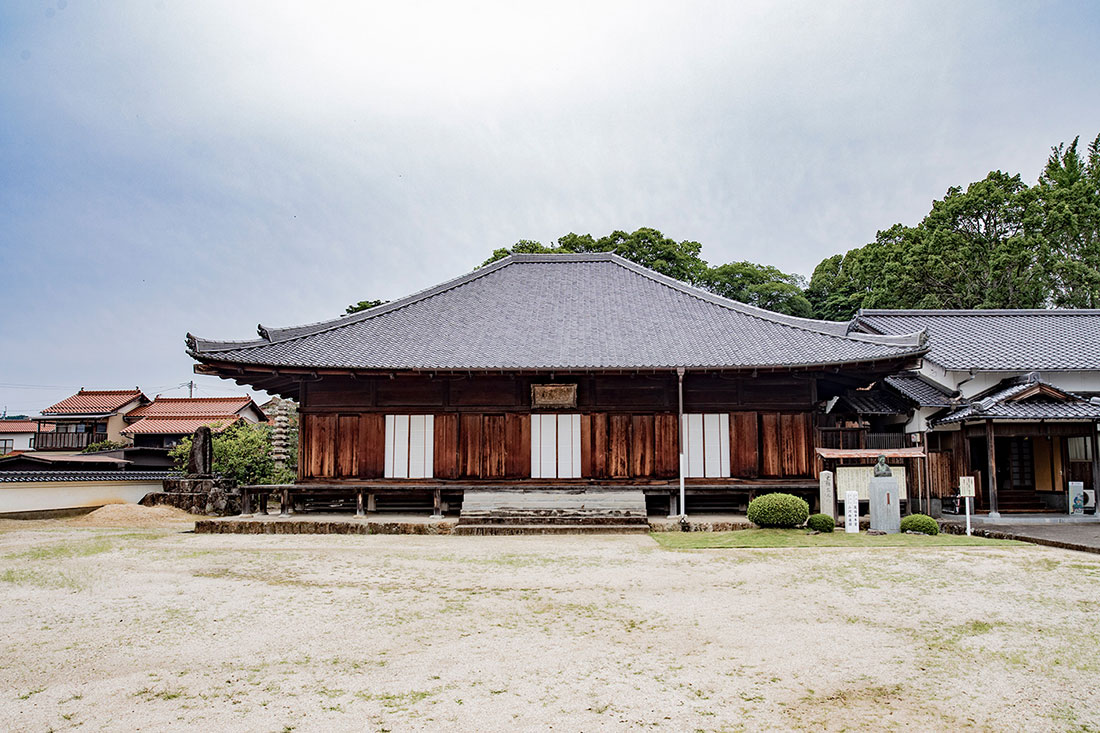
Masuda, a great city locale in Medieval Japan
Masuda City, located at the western part of the San'in Region, has a rich natural environment.
A sandbank, decorated with a beautiful pine forest, stretches along the seacoast.
During the Middle Ages, Masuda was an important transport and trade base for both sea and land routes.
In addition, the natural environment produced beautiful landscapes while it simultaneously supported the unfolding of the area’s history.
In the Medieval period, about 400 to 800 years ago, feudal lords built up their strength in various parts of Japan.
Masuda flourished brilliantly in an age when there were no national borders imposed to limit sea trade, taking advantages of its geographic conditions and rich natural resources.

The people of Masuda set off into the Sea of Japan
In the Middle Ages, the Takatsu River joined the Masuda River as features of the Masuda Plain.
Sand carried by these flowing rivers formed a sandbank and a lagoon on the seacoast edge of the Masuda Plain, which protected Masuda from heavy waves and strong winds from the Sea of Japan.
These features contributed greatly to the formation of the medieval port town of Masuda.
The Nakazu Higashihara Ruins Site is a typical example of the archaeological sites to be found in such a port town.
The results of research excavations revealed the appearance of Masuda when it was a medieval port town.
There were a variety of stores and workshops, including a blacksmith's shop, which stood in a row inside the site of an unloading place paved with stones.
Many pieces of ceramic have been unearthed at the site.
They include items produced overseas, in addition to ones made in Japan, suggesting that the people of Masuda traded with various foreign countries, such as those on the Korean Peninsula and in China to the west, and even with those in the eastern parts of Southeast Asia.
Rivers are deeply involved in trade.
The Chugoku Mountains are located up the Takatsu River and its tributary, the Hikimi River.
They were blessed with an abundance of natural resources.
The mountains and forests in the Hikimi area produced good quality wood in great quantities.
Logs were transported by river and exported overseas. In addition, minerals extracted from the Tsumo Mine up the Masuda River also seem to have been traded to foreign countries.
Medieval Masuda was one of the forefronts of cultural and economic exchange.
Taking advantages of its rich natural resources and its geographic location (close to the Chinese coast and the Korean Peninsula), the people of Masuda set off into the Sea of Japan and carried on energetic trade with foreign countries.

The Masuda clan, powerful lords in Medieval Japan
Up the Masuda River, just before the rapids that develop in the river as it races down the mountains and moves more slowly across the plain, you will come to a townscape of historic repute.
This town was created by the Masuda clan, the feudal lords who reigned over the region in Japan's Middle Ages.
The Masuda clan maintained the "peace of Masuda" by exercising skillful political savvy.
For example, after the worsening of its relationship with the clan of the Mori, prominent feudal lords in the Masuda’s vicinity, the Masuda clan gave a huge amount of gifts, including a tiger skin imported from the Korean Peninsula, to that rival clan in order to make peace with them.
At the good-will banquet, rare and elaborate foods were served, including kelp and herring roe from Ezochi (the present-day Hokkaido), and sweetfish and uruka from the Takatsu River. It is thought that the Masuda clan’s intention was to impress upon the Mori clan their vigorous trade in Sea of Japan waters, and their economic power as well. After this event, the Mori clan developed a high opinion of the Masuda clan.
It certainly seems that the Masuda clan was made up of very able politicians.
We can see the political and economic power of the Masuda clan in the archaeological sites of its mountaintop castle and their big residence as well as the castle town itself.
The remains of the big residence, called Miyake Odoi, surrounded by long, 5-m high earthen walls, and Nanao Castle, a mountaintop castle constructed by fortifying a whole mountain, are far greater than those built by other clans in neighboring districts. These archaeological sites have unique configurations, which will be explained later.

A unique culture that flourished in Japan's Middle Ages
Under prosperous and peaceful conditions, Masuda developed a unique culture on the basis of its original cultural underpinnings, while absorbing influences from Kyoto, Yamaguchi and other Eastern Asian regions.
The Masuda clan protected the temples and shrines in its domain.
The main hall of the Manpuku-ji Temple was founded by the Masuda clan and they reconstructed the main hall of the Someba Ameno-iwakatsu-jinja Shrine.
Both of these have beautiful forms typifying the architectural beauty of temples and shrines that were built at that time. Many outstanding Buddhist statues are extant in Masuda, representing respectively the eras from the Heian period (794 - 1192) to the Middle Ages (the 12th to 16th centuries).
They retain the essence of Masuda's local color, in spite of incorporating the up-to-date fashion of Kyoto, the center of Japanese culture at the time.
In the Muromachi period (1392 - 1507), Sesshu, an artist monk who traveled to China and became a master of monochrome ink painting (suibokuga), was invited to Masuda.
Sesshu built two gardens, in the Manpuku-ji Temple and the Sukan-ji Temple (now the Iko-ji Temple). He painted a picture of Masuda Kanetaka, the 15th lord of the Masuda clan.
The temple gardens and the picture of Masuda Kanetaka are said to be Sesshu's masterpieces.
The gardens show different aspects of beauty during each of the four seasons. Furthermore, teapots and other articles obtained through trade with China also tell of the richness of Masuda’s culture.
For example, the Huanan three-colored teapot handed down in the Manpuku-ji Temple for many generations seems to have been obtained through trade with Southeast Asia.

Encounter Medieval Japan today in Masuda
The Masuda clan was forced to leave this area in the early Edo period (1603 - 1867).
Thereafter, Masuda did not become another clan’s castle town at any time during the Edo period.
This means that Masuda was not redeveloped or updated as an Edo period castle town, leaving its medieval townscape as it was.
This is why the present townscape of Masuda is slightly different from the traditional townscapes of other areas in Japan.
Aspects of Medieval Japanese townscapes still remain visible.
Among these are such artifacts as the ruins of the Masuda clan's residence (said to be shaped like a long boot laid on its side), those of the mountaintop castle built on a Y-shaped mountain ridge, the streetscape consisting of straight and curved roads, and triangular plots of land.
This is because the topography of Masuda and many of the shrines and roads constructed in old times still remain almost unchanged, right up to the present day.
Among historically important cities in Japan, Masuda is especially appreciated as a city that presents the townscape, as built during the Middle Ages, in most perfect form.
Historic Masuda, which glowed brilliantly as its people took advantage of their time and the characteristics of their locality, is a masterpiece of Medieval Japan.
Masuda will surely provide you an opportunity to enjoy this historic period in Japan, with its variety of first-class cultural properties, all present as a group available for your appreciation.




































